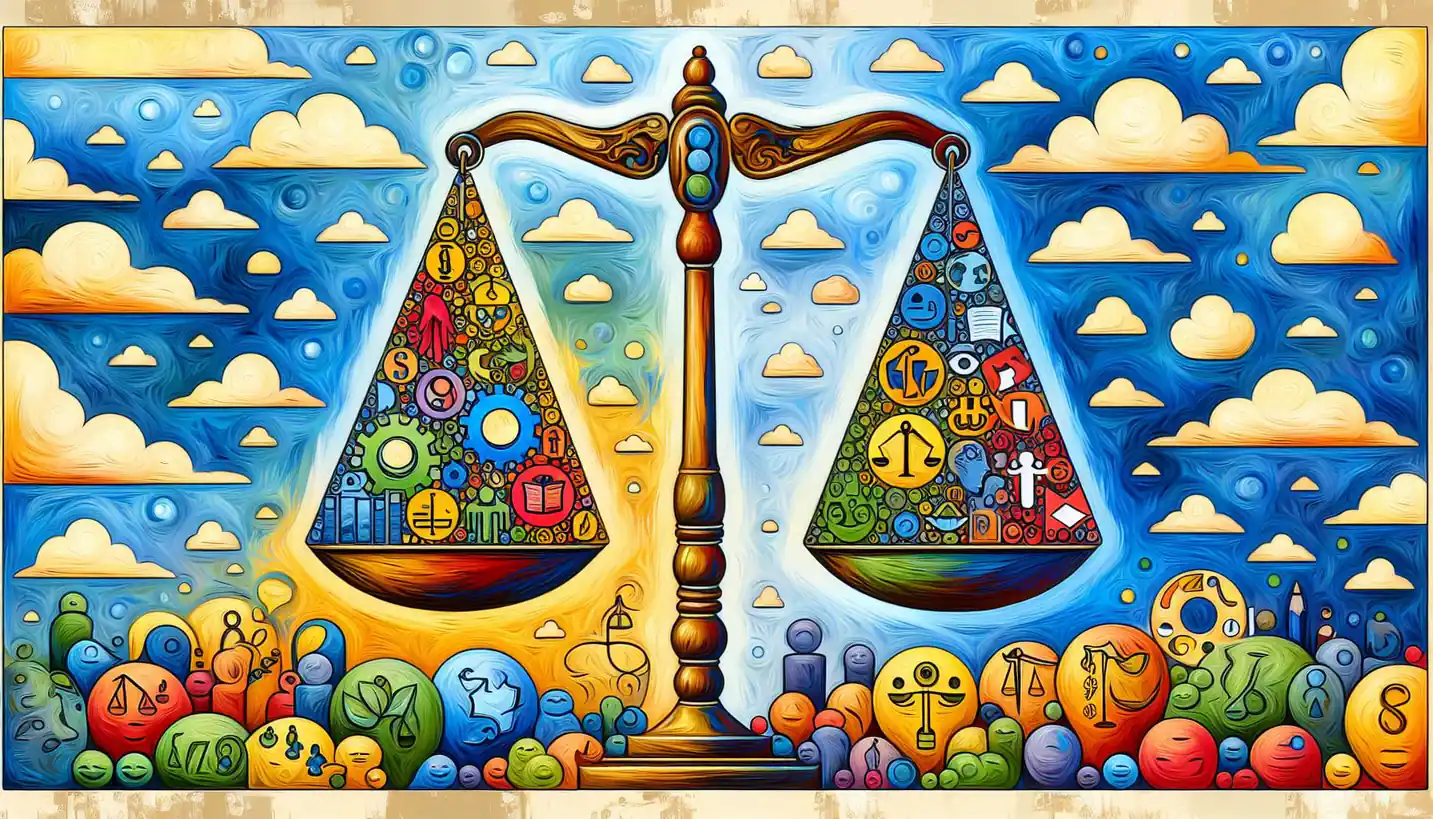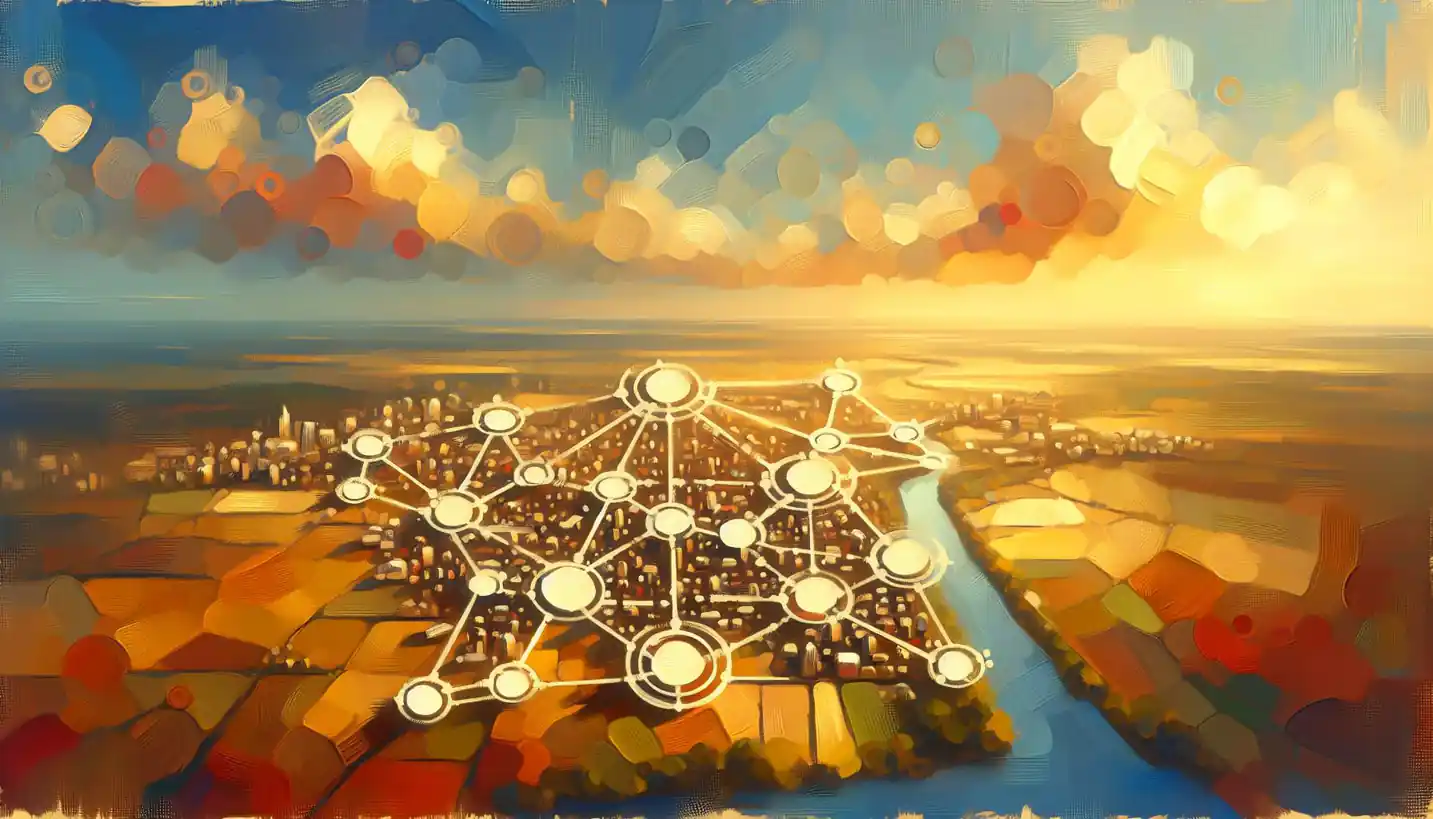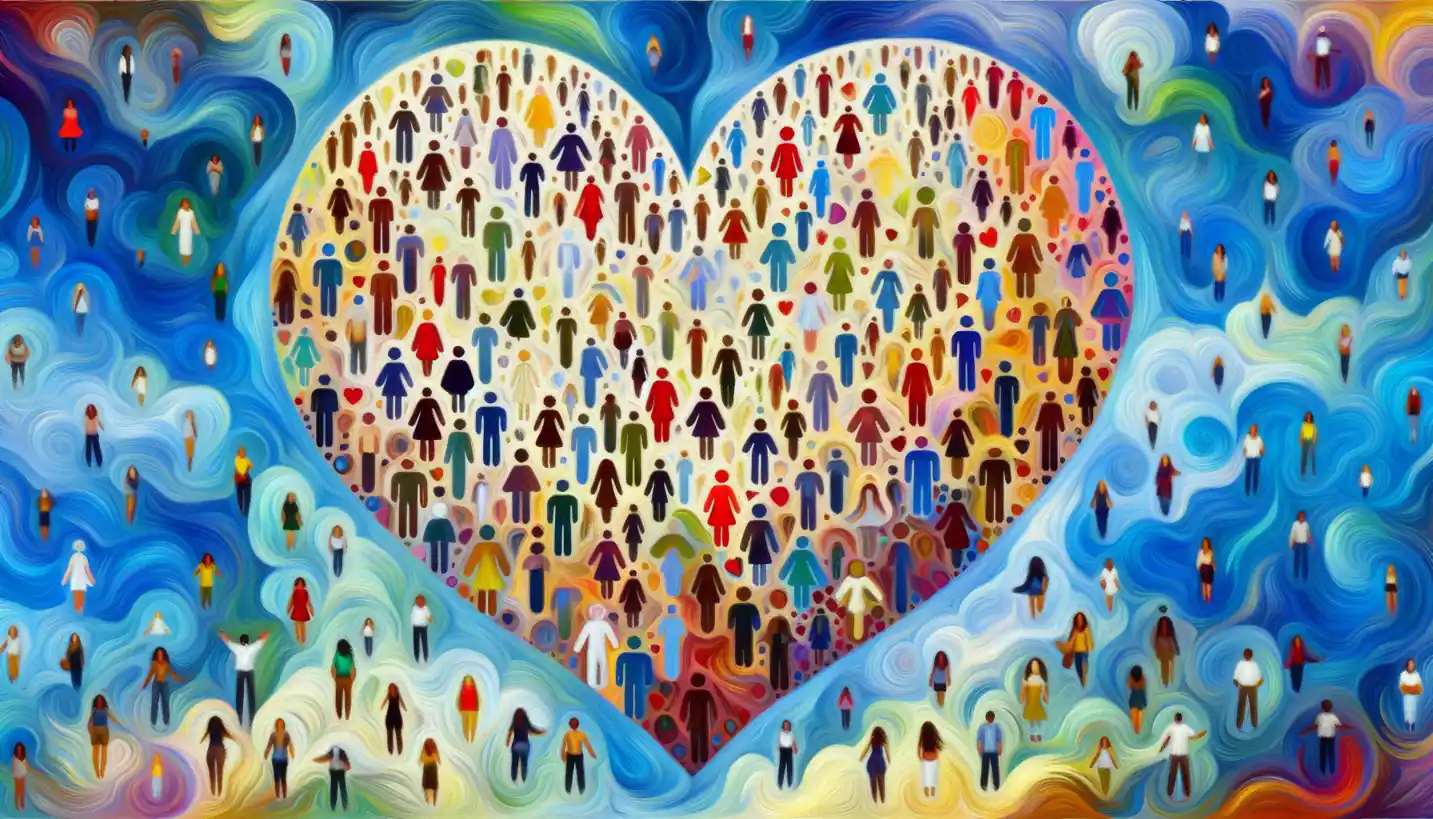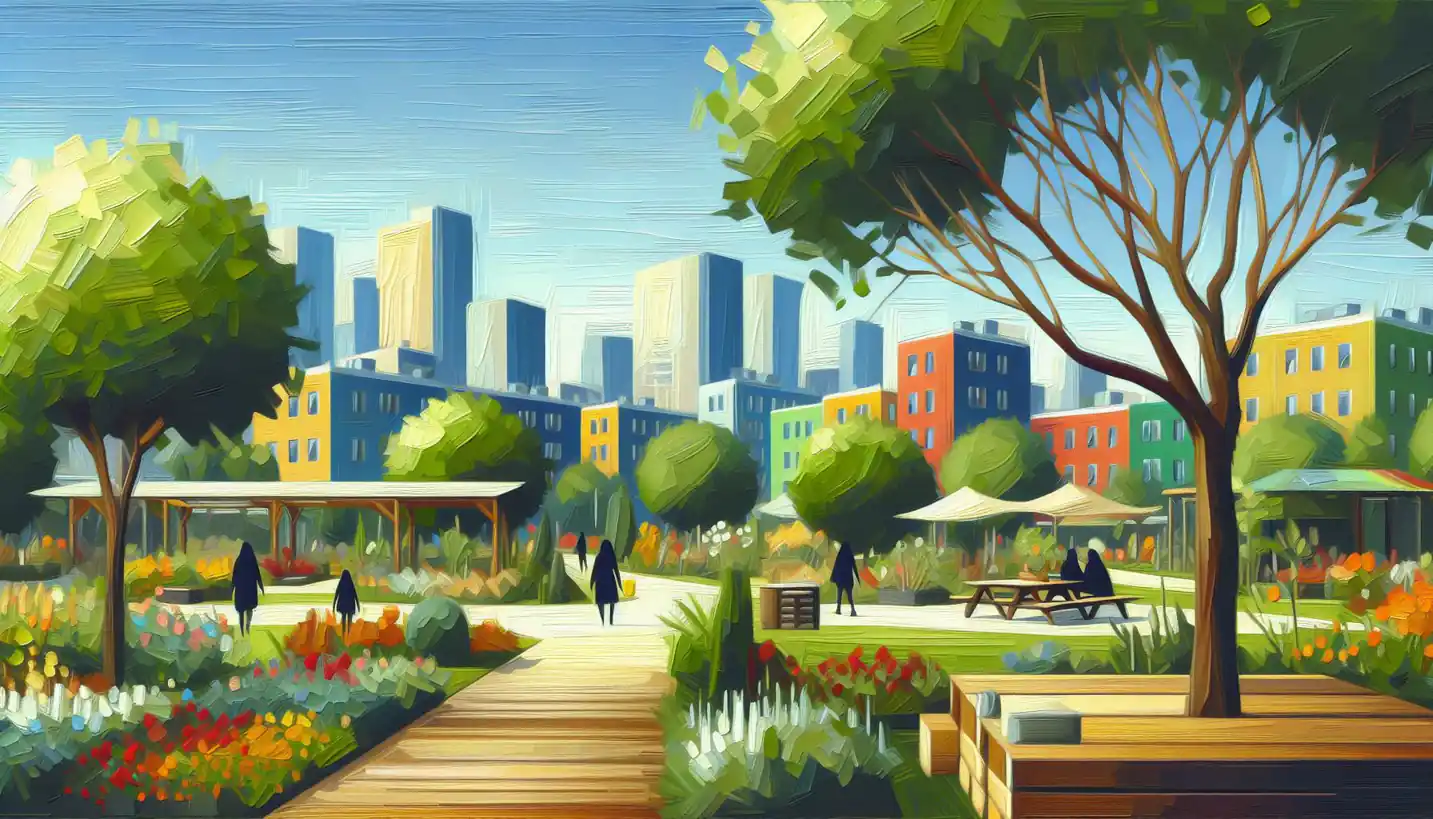· Sociology · 4 min read
Spatial Inequality: Understanding Urban Landscapes and Our Role in Shaping Them
Spatial inequality highlights disparities in urban landscapes, prompting sociological inquiry. Understand how cities can evolve to address these challenges for equitable living spaces.
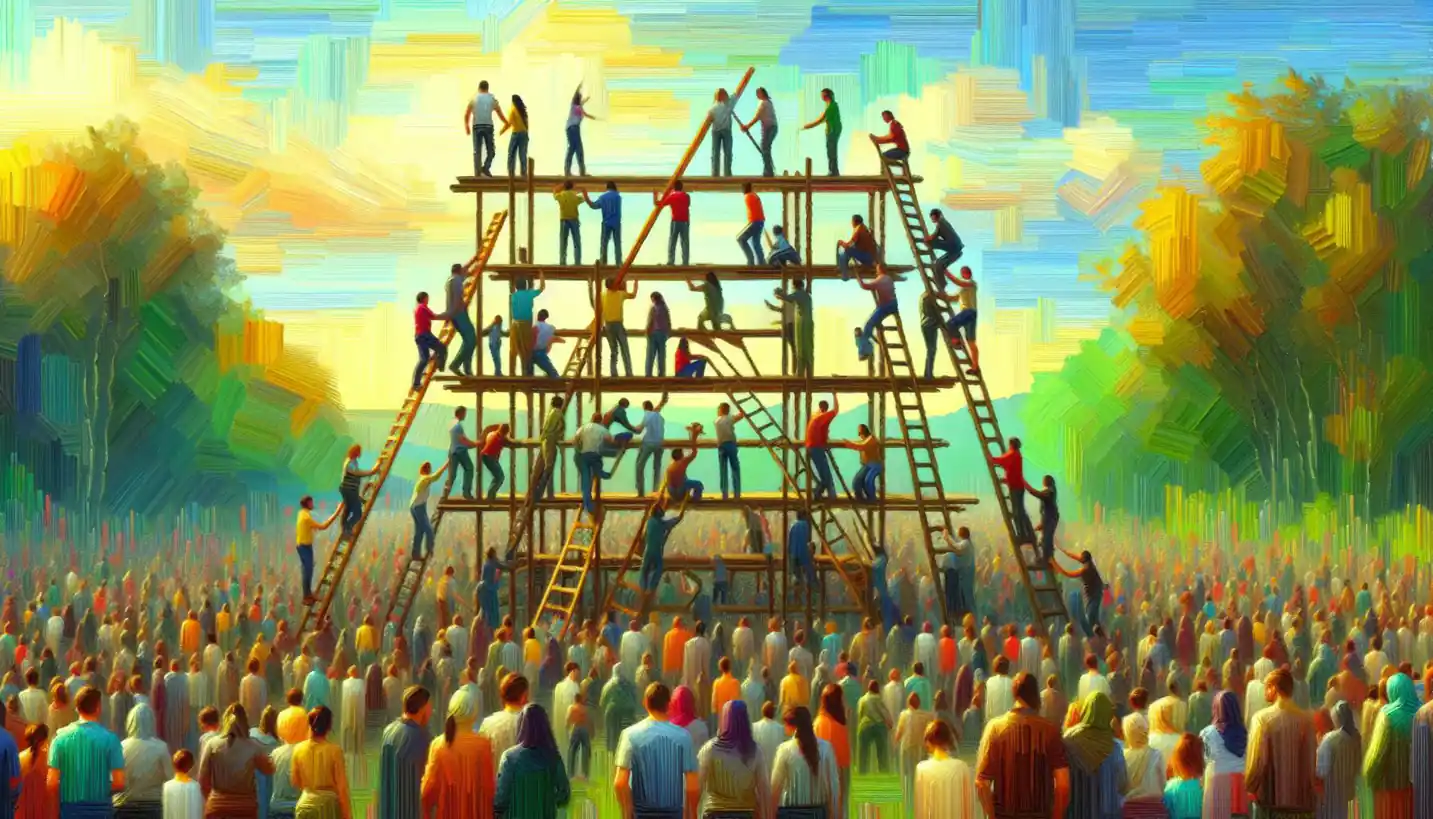
When we dive into the bustling cities around us, it’s clear there’s more than just skyscrapers and traffic jams. One of the intriguing ongoing stories of urban life is spatial inequality. It’s about how resources, opportunities, and services are spread across different areas, and it influences everything from where you buy groceries to the schools your kids attend.
The Heart of Spatial Inequality
Imagine walking through a city. On one street, you might find well-kept parks, bustling shops, and pristine schools. Just a few blocks away, the scene might shift dramatically to neglected public spaces and rundown buildings. This difference isn’t just a matter of aesthetics; it often reflects deeper social and economic disparities.
Spatial inequality is essentially about uneven development. Some areas flourish with investments in infrastructure, public services, and economic activities, while others lag behind, lacking those critical components. This isn’t simply by chance—historical policies, economic shifts, and political decisions play significant roles.
How Did We Get Here?
The roots of spatial inequality often trace back to history. For instance, many cities experienced industrial booms that attracted workers but didn’t always plan for long-term development. Neighborhoods grew haphazardly, sometimes without necessary services like water, sewage, and good roads.
Moreover, policies such as redlining in the United States further entrenched inequality. This practice systematically denied mortgages to people based on race or ethnicity, leading to segregated neighborhoods with stark differences in wealth and opportunity.
Similarly, in other parts of the world, colonial histories and urban planning not focused on equitable growth have left long-lasting imprints on how cities look and function today. In many developing countries, rapid urbanization has outpaced infrastructure development, leading to slums and informal settlements.
Daily Life in a Spatially Unequal World
So, how does spatial inequality play out in everyday life? Let’s take a closer look:
Education: Schools in wealthier neighborhoods often have more funding, better facilities, and more experienced teachers. In contrast, schools in poorer areas might struggle with overcrowding and lack of resources, affecting children’s futures.
Health: Access to healthcare services can vary dramatically. Residents in affluent areas might have nearby hospitals and clinics, while those in underprivileged neighborhoods travel long distances or face long waits for care.
Employment: Economic opportunities are typically concentrated in certain areas. People living in less developed neighborhoods may find it difficult to access high-paying jobs without reliable transportation.
Safety and Environment: Well-funded public services in wealthier communities often mean cleaner streets and safer environments. In contrast, neglected neighborhoods may suffer from higher crime rates and environmental hazards like pollution.
Rethinking Urban Growth
Addressing spatial inequality is crucial for creating sustainable and inclusive cities. Urban planners and policymakers are increasingly focusing on strategies to bridge these divides. Public transportation projects, affordable housing initiatives, and investment in public services can make significant differences.
Community participation is also a key element. Residents understand their needs best and should have a voice in shaping the changes in their neighborhoods. Moreover, technology and data offer new tools for understanding and addressing inequality. Mapping software and data analysis can help identify areas of need and guide resource allocation efficiently.
The Bigger Picture
Spatial inequality isn’t just a city problem—it’s a reflection of broader societal issues. Economic policies, government efficiency, and social attitudes all intertwine to create and perpetuate these divides. By addressing spatial inequality, we not only improve individual lives but also create more cohesive, resilient communities.
What Can We Do?
The fight against spatial inequality requires a collective effort. Here are some ways you can be part of the change:
Stay Informed: Learn about the issues affecting your community and get involved in local government discussions.
Support Policies: Advocate for policies that promote equitable development and infrastructure investments in underserved areas.
Community Engagement: Participate in local initiatives, such as neighborhood clean-up efforts or community planning meetings.
Promote Awareness: Use your voice to raise awareness about spatial inequality and push for change in social networks and beyond.
Looking Ahead
Spatial inequality will be a compelling subject for sociologists, urban planners, and even ordinary city dwellers for years to come. As cities grow and evolve, understanding this concept is crucial not just for policymakers and academics but for anyone vested in a more equitable urban future.
Unpacking the layers of spatial inequality shows us how interconnected our lives are with the environments we inhabit. It challenges us to rethink how our cities are designed and reminds us of our collective responsibility to build spaces that are just, vibrant, and inclusive for everyone.
